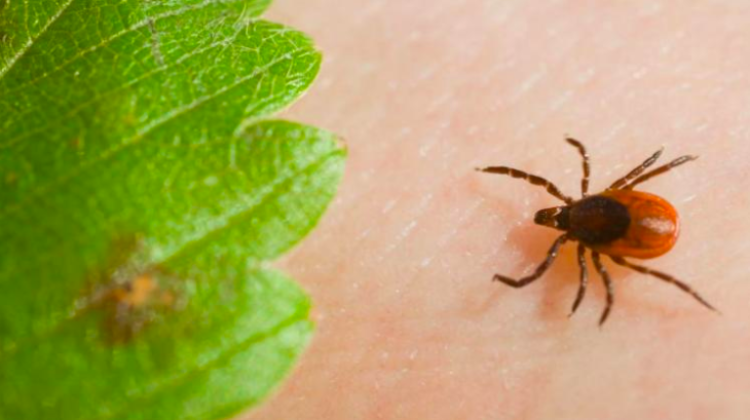How to distinguish between tick-borne diseases

Tick-borne diseases often have similar symptoms, but their causes and course are different. If diagnosticians had tools to differentiate these diseases, they would be able to help patients more effectively. Currently, many patients receive antibiotics cocktails for many months - and that can affect their health. Researchers have an idea for finding biomarkers for specific diseases.
Lyme disease and tick-borne encephalitis are the most commonly diagnosed diseases transmitted by ticks in Poland. Their course can be severe, and some patients may also develop neurological or even psychological complications. Poorly researched and less frequently diagnosed diseases transmitted by ticks are human anaplasmosis and human babesiosis. Their course is different depending on where the patient comes from. The percentage of complications and deaths is higher in the American population than in the European one.
Infections can occur as co-infections when the patient is in contact with several pathogens. This makes diagnosis and treatment difficult. So far, specific biomarkers of tick-borne diseases have not been detected.
Dr. Anna Moniuszko-Malinowska from the Medical University of Bialystok investigates how infections develop. She received a grant of PLN 1 million 663 thousand for her research from the National Science Centre (in the SONATA BIS 7 competition).
"Identification of biomarkers of specific diseases or biomarkers that enable the differentiation of tick-borne diseases of different etiology but with similar clinical symptoms is very important because the antigen composition of available serological tests (...) is varied, and the results are often incomparable and hinder or delay proper diagnosis and the start of targeted treatment" - explains Dr. Moniuszko-Malinowska in the description of the project.
According to the researcher, consequences include increased costs of diagnosis and treatment of these patients. For the same reason, the number of people treated with many different antibiotics over long periods increases, which may have long-term metabolic and health consequences. Patients must take so-called antibiotic cocktails for months. A more sensitive and more specific diagnosis would allow to adjust pharmacotherapy to the needs of specific patients.
Dr. Moniuszko-Malinowska will assess the changes in the human body during infection with one or more tick-borne pathogens. She will verify if non-standard Lyme disease treatment regimens, including the "cocktail", cause metabolic changes that are dangerous for patients.
Until now, it has not been assessed how coinfection with tick-borne pathogens affects the metabolism of phospholipids and proteins. According to the researcher, one of the products of metabolic processes at the level of the lipidome or proteome could be a biomarker of tick-borne diseases.
She explains that in the course of Lyme disease and tick-borne encephalitis, there are changes at the level of certain lipid mediators in the plasma and cerebrospinal fluid. Since modifications of the lipid structure and protein structure affect their functions in the body, they can also lead to dysfunction of cellular signalling pathways and cause either an intensification of adaptation processes or cell death.
Dr. Moniuszko-Malinowska will analyse blood, cerebrospinal fluid and urine of patients diagnosed with Lyme disease, tick-borne encephalitis, human anaplasmosis and babesiosis. She will also compare skin cells of patients with migratory erythema with the cells of healthy volunteers. The scientist plans to identify biomarkers, metabolites, which will allow to differentiate diseases and select appropriate medicines for patients.
PAP - Science in Poland
kol/ agt/ kap/
tr. RL
Przed dodaniem komentarza prosimy o zapoznanie z Regulaminem forum serwisu Nauka w Polsce.


















